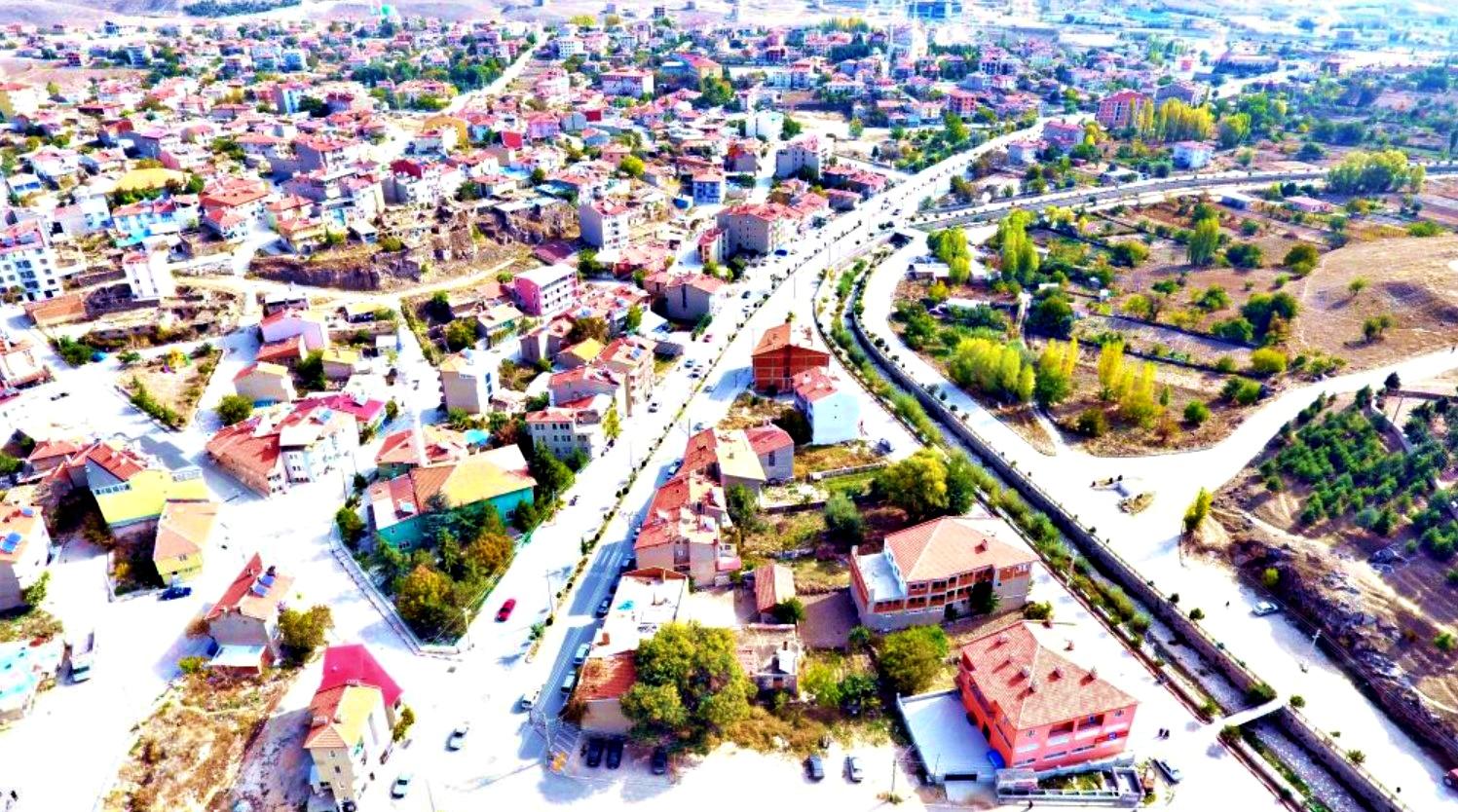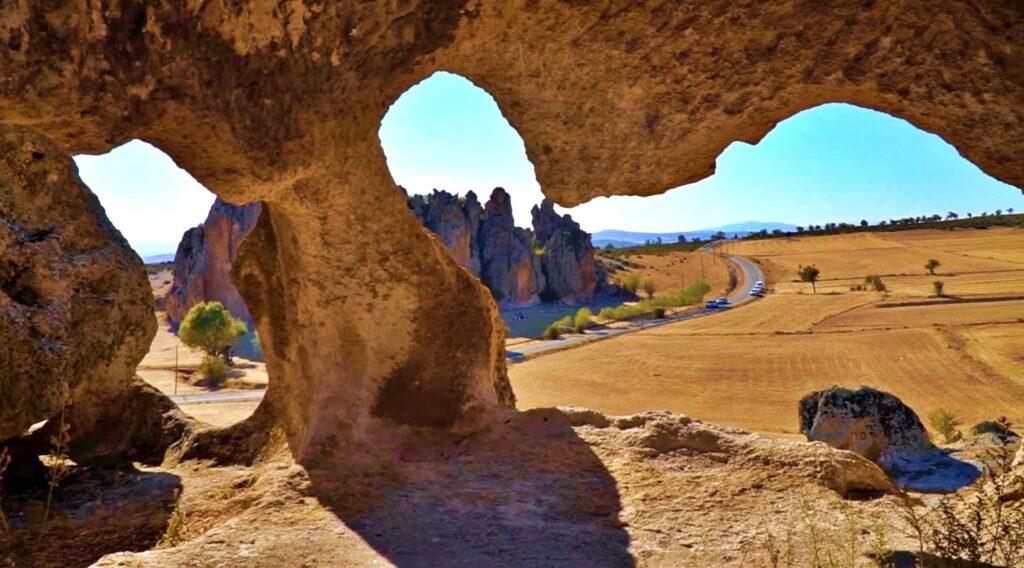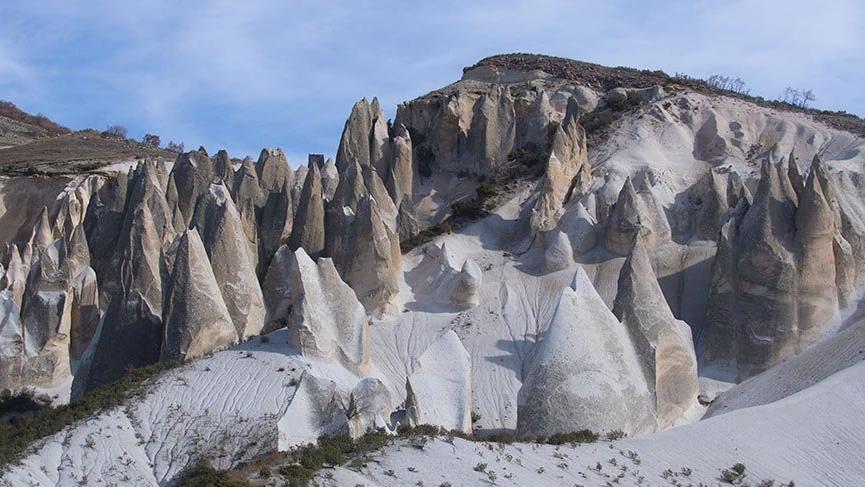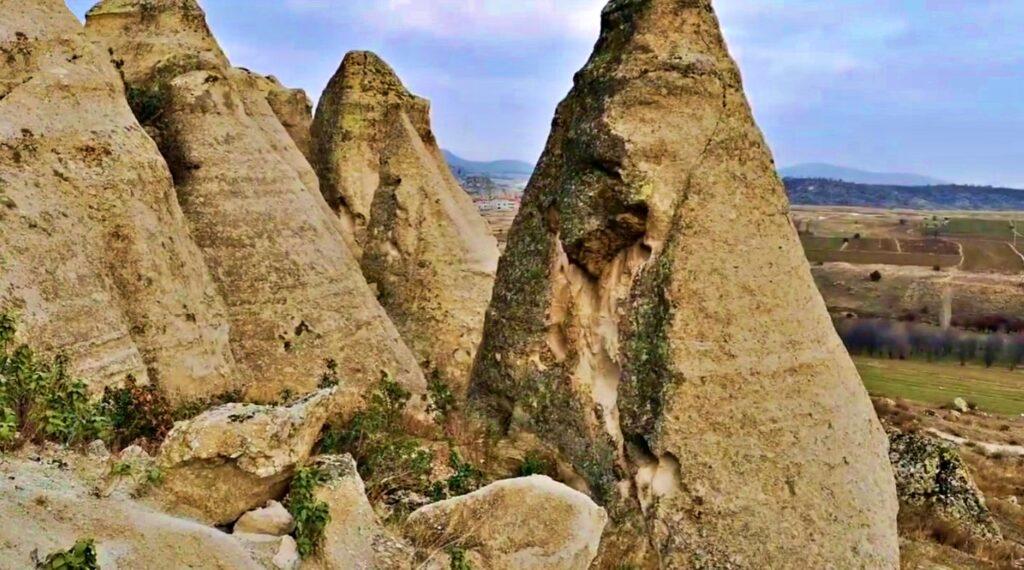İscehisar
İscehisar is a district of Afyonkarahisar province. One of the oldest known names of İscehisar is Dokimeion and this name has been used since the Hellenistic period. Although Synnada was a large settlement among these two military colonies where Macedonian soldiers were placed, Dokimeion was in the form of a village when it was first established. Dokimeion was founded by Antigonos Dokimos, the military ruler of Synnada, in 321 BC as a garrison city to shelter the Macedonian soldiers in his army and was called the "Dokimeon of the Macedonians". Antigonos Dokimos, the founder of Dokimeion, betrayed Antigonos Monophtalmos I in 302 BC and handed over Synnada and Dokimeion to Lysimakhos, who came to Anatolia without a fight. The name Dokimeion was used for a long time in the form of Dokimeion, Dokimia Kome, Dokimaion, Docimeium and later Dokimion in the Roman and Byzantine periods. Dokimeon Macedonian, “Dokimeion of Macedonians” is written on their coins. On the Dokimeion coins, which were minted for a long time, the "Mother Goddess" Cybele was described as well as various figures. The city, which was generally called Docimeium in the Roman period, lived its heyday at this time, and the marble quarries and workshops called "Synndin" worked on a large scale and the city became both rich and prosperous. as well as its reputation. In addition to the use of Dokimeion marbles in the rebuilding of Rome and the Vatican, raw, semi-processed or fully processed marbles were sent to many important places of the Empire in Anatolia. In addition to being an important center of Christianity in the Byzantine period, Dokimeion also gained an important place with its marble production and marble quarries continued to work. In this period, the city was also famous for the marbles it gave to the construction of the Hagia Sophia church. It is understood from some archaeological findings unearthed on Kahya Hill that Dokimeion, which was a crowded settlement in history, was a settlement before it was established as a city; It continued its life from its foundation until the 12th century, and in the years when the Turkish invasions began, it lost its importance and became a village. The Turks named the city as "Issizcekarahisar", "Issuzcekarahisar" because they found the city in a desolate state when they came. This name was used in the Seljuk and Ottoman periods, and later it turned into the form of "Iscehisar". During this period, the city was rebuilt; It was re-established in the place where Kavak, Çukur, Eski Hamam and Medrese Neighborhoods were. The first established neighborhood and settlement is Kavak Mahallesi. Dervish Ahi Elvan established his zawiyah here and built a masjid. Secondly, Çukur Mahalle was established and the first great mosque, the Ulu Mosque, was built. İscehisar came under the rule of Germiyanoğulları Principality in 1341 and joined the Ottoman lands in 1429. İscehisar, which developed rapidly in the Republican Period, became a municipality in 1952 and a district in 1987.








Leave Your Comments